Inventive street furniture, old and contemporary, explored in a new book
The unexplored culture of street furniture (from public infrastructure to makeshift seating) is at the heart of Edwin Heathcote’s ‘On the Street’
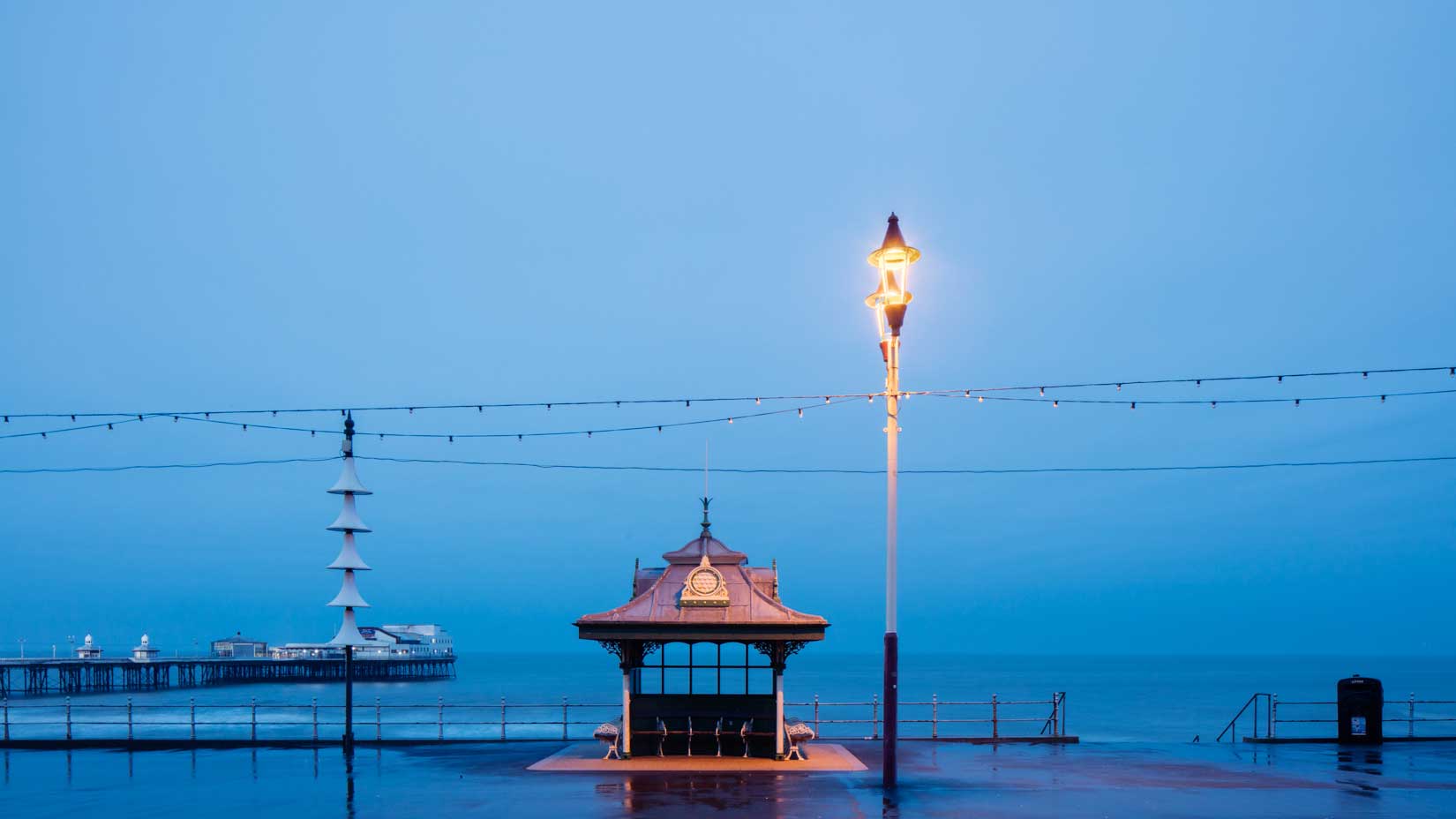
The history of street furniture and public infrastructure is the topic of a new design book by architecture writer Edwin Heathcote. Titled On the Street, the tome is an encyclopaedic view of everything that happens in the public realm, from structures designed to host advertising to balustrades, from traffic lights to benches.
Street furniture explored: 'On the Street: In-Between Architecture'

Divided into topical chapters with informative and humorous names (Sitting, Signing and Pissing all being examples), the book aims at charting a history of what Heathcote calls ‘the in-between architecture’. Street furniture, he explains in the book’s preface, is ‘that category of things which punctuates our journeys through cities and accompanies us in the streetscape, but to which we have become inured and almost blind’.
However, he observes how these objects and structures are often more enduring than the buildings themselves, and relate more closely to the human experience of cities and public spaces.
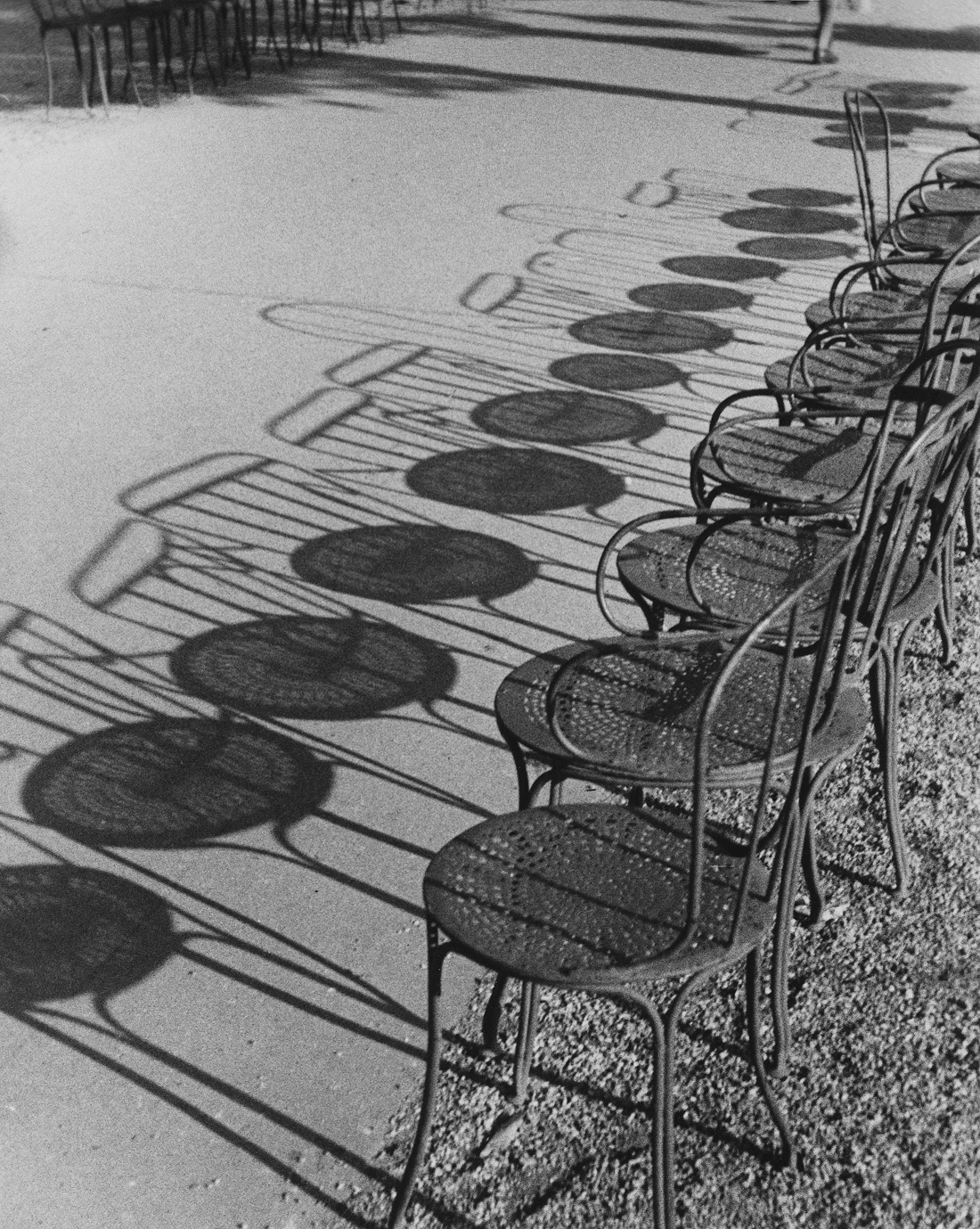
Parking: Champs Elysées (Chairs of Paris), Paris, photographed by Andre Kertesz, 1929
The nature of the book results in a mix of eras being represented within its pages, mixing history and contemporary objects. ‘Street furniture fulfils a function, and once that function is defunct it is often treated with a ruthlessness which betrays its years of service, its mass, its wear and familiarity,’ says Heathcote. ‘We have allowed so many of these things to disappear, from delicate gaslights and modernist dustbins to public toilets and drinking fountains, yet they were and, at least in their physical presence, still are, pivotal elements of the streetscape and the civilised city.’
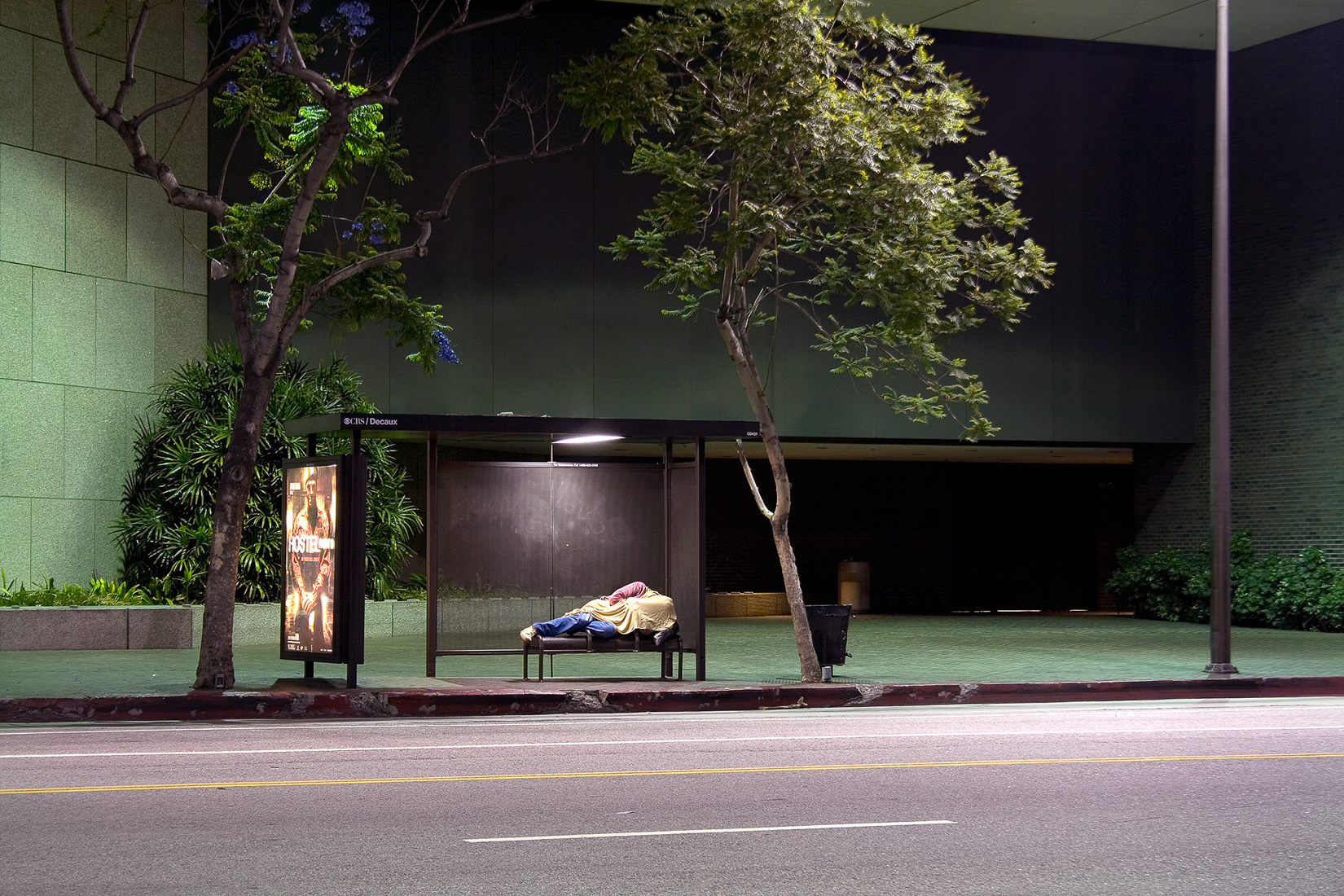
Waiting: from J Wesley Brown’s The Riders series, 2006
What mostly attracted Heathcote to some of these categories of objects is their banality: ‘There are, without doubt, beautiful items of street furniture, but the real charisma of these objects lies in the territory between the quotidian and the sublime, the constant tug of war between utility, amenity, cost and affection, history and modernity, between the public and the private, between architecture and landscape.’

Chairing: from Michael Wolf’s Bastard Chairs series, 1995-2017
Among the book's highlights is a section on Chairing, a category that, although not strictly street furniture, is perhaps 'the most successful street furniture of all'. It includes mass-produced cheap chairs, often modified by their users with DIY hacks, repaired and redesigned to serve the precise function of sitting on the street.
This section is illustrated by Michael Wolf's Bastard Chairs photography series: 'He presents us with portraits of DIY masterpieces of bodging, of using the materials at hand to create site-specific seats adapted to the needs of place and person, site and body. Drawn mostly from Hong Kong, where he lived, and mainland China, he portrayed Frankenstein-seats made from hybrid parts, often using cannibalised bits of existing or broken mass-manufactured seating supplemented with anything from bricks and boxes to tyres and buckets. Occasionally they are quite brilliant pieces of work – ad hoc, almost Dadaist, responses to the smooth perfection of modern, mass-manufactured design.'
Receive our daily digest of inspiration, escapism and design stories from around the world direct to your inbox.
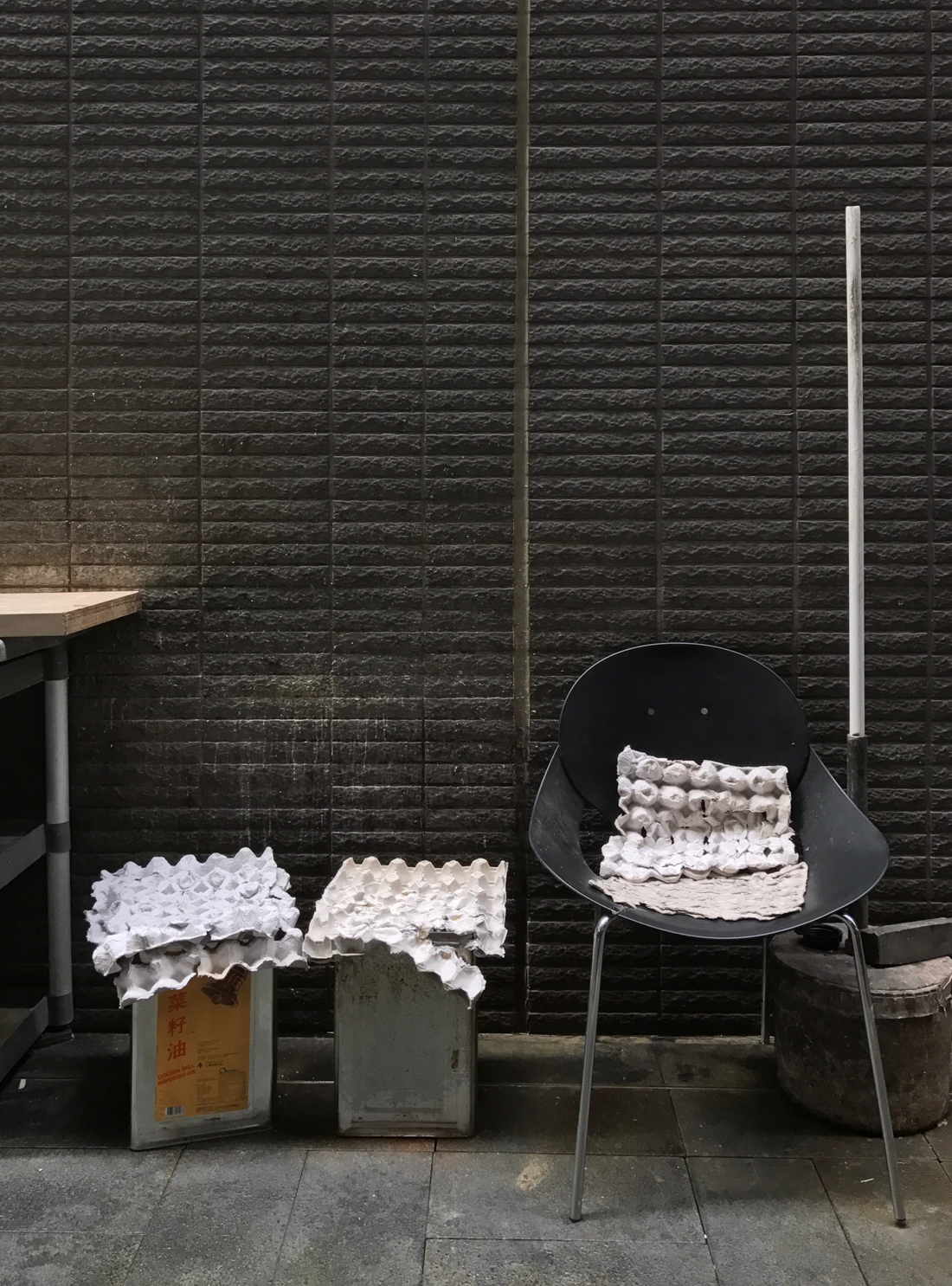
Chairing: Bastard Chairs [6], 1995-2017, by Michael Wolf
The author also notes that over the few years it took him to write the tome, new categories of street furniture emerged, in keeping with the fast-paced evolution of society: hand-sanitiser stations, social distancing messaging on public seating and street surfaces, electric vehicle charging points, 5G masts and CCTV camera poles being among the ones he has observed.
‘This book was mostly written during the strange period of the Covid-19 epidemic and, through lockdowns and the officially sanctioned walks,’ he notes, ‘I tried to look again at this layer of stuff. It gave me something to do on otherwise interminably repetitive exercise strolls. But it also allowed me the time and space to see and to find things that were, in their own ways, wonderful.’
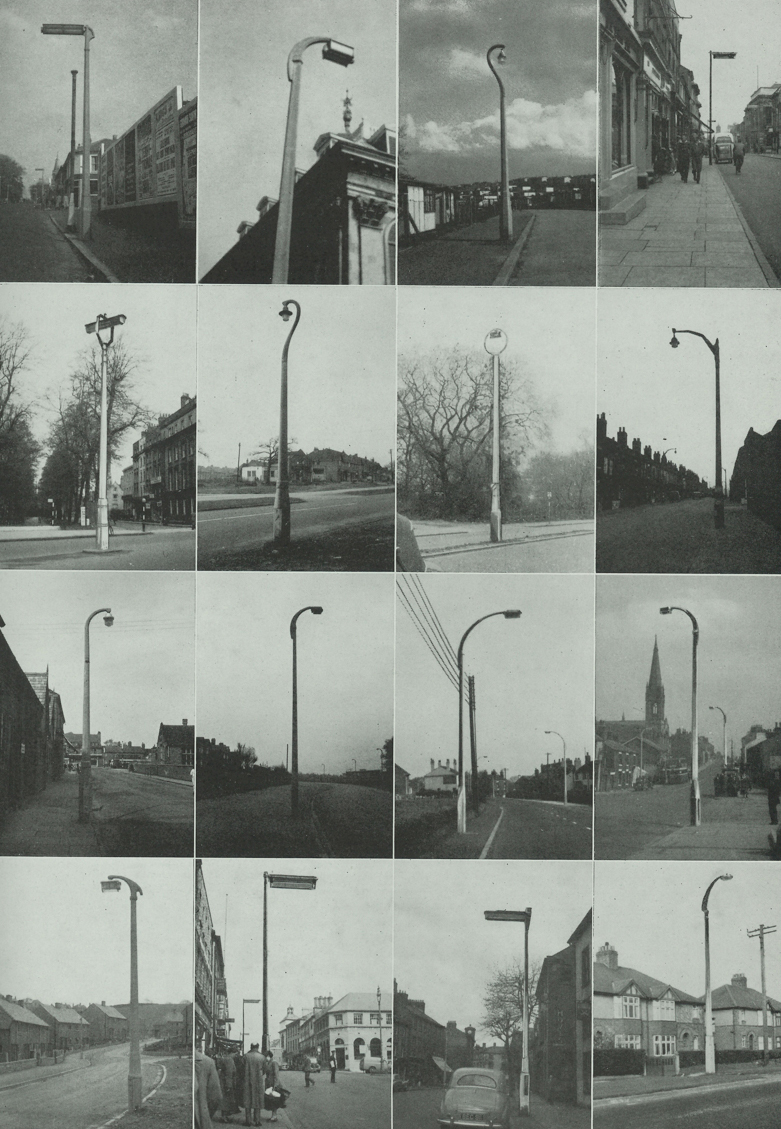
Modernising: Page 373 of Outrage (a reprint of the June, 1955, Special Number of the Architectural Review)
Through a succession of historical photography, reportage and artworks accompanied by insightful text with history and clever observation, the history of street furniture emerges as a touching history of humanity in all its facets.
On The Street – In-Between Architecture, by Edwin Heathcote, is published by HENI Publishing, London
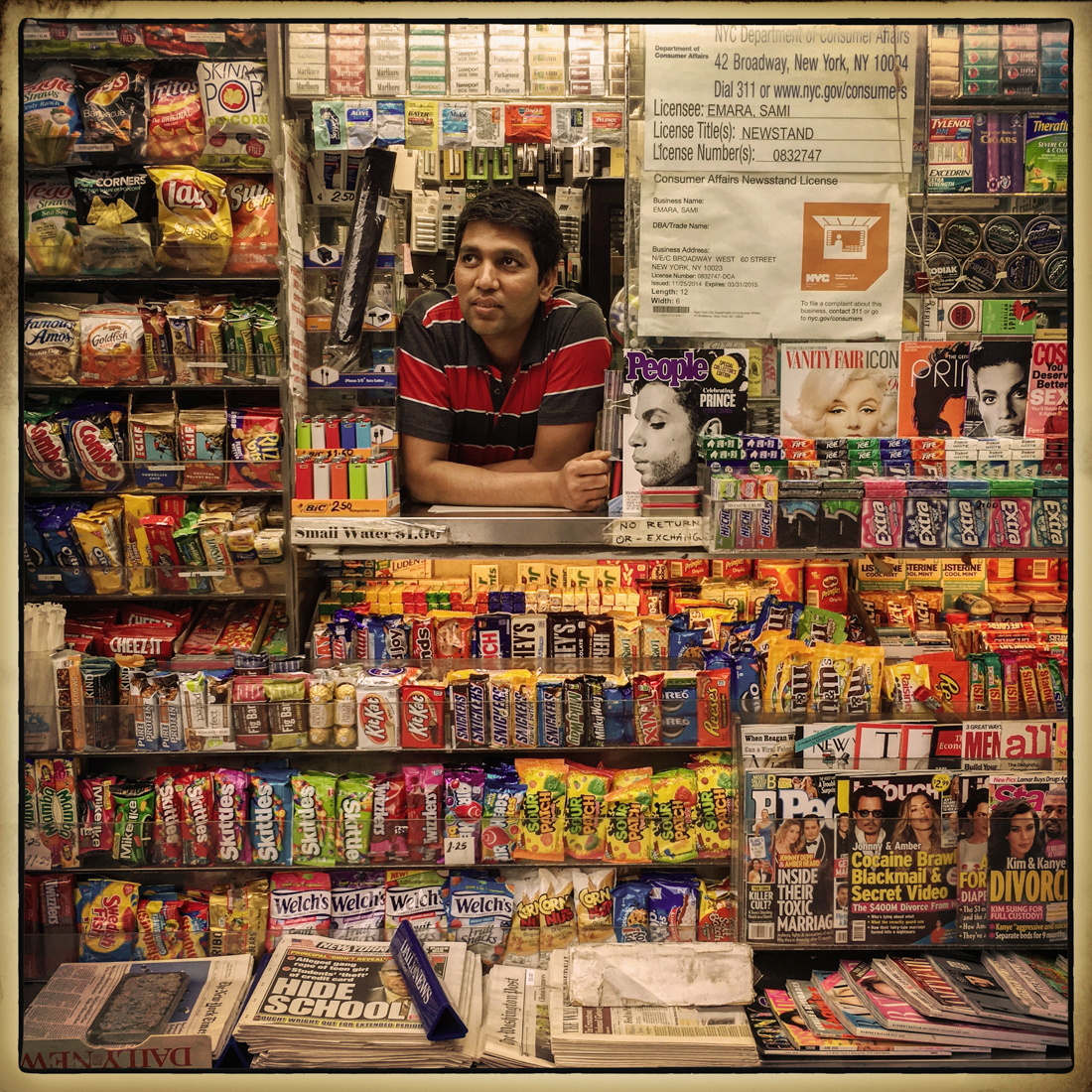
Reporting: from Trevor Traynor’s The Newsstand Series, 2012-2019
Rosa Bertoli was born in Udine, Italy, and now lives in London. Since 2014, she has been the Design Editor of Wallpaper*, where she oversees design content for the print and online editions, as well as special editorial projects. Through her role at Wallpaper*, she has written extensively about all areas of design. Rosa has been speaker and moderator for various design talks and conferences including London Craft Week, Maison & Objet, The Italian Cultural Institute (London), Clippings, Zaha Hadid Design, Kartell and Frieze Art Fair. Rosa has been on judging panels for the Chart Architecture Award, the Dutch Design Awards and the DesignGuild Marks. She has written for numerous English and Italian language publications, and worked as a content and communication consultant for fashion and design brands.
-
 Usher opens up about breakfast playlists, banana pudding and why a glass tumbler is always on his rider
Usher opens up about breakfast playlists, banana pudding and why a glass tumbler is always on his riderOn the heels of a collaboration with Baccarat, the Grammy-winning singer-songwriter breaks down his entertaining tips. 'Hosting is an expression of how you feel about your guests and also who you are.'
-
 The beauty trends that will define 2026, from ultra-niche fragrances to anti-ageing dental care
The beauty trends that will define 2026, from ultra-niche fragrances to anti-ageing dental careAs we enter the new year, we speak to experts in fragrance, skincare, aesthetics, wellness and more about the trends that will be shaping the way we look
-
 The most stylish hotel debuts of 2025
The most stylish hotel debuts of 2025A Wallpaper* edit of this year’s defining hotel openings. Design-led stays to shape your next escape
-
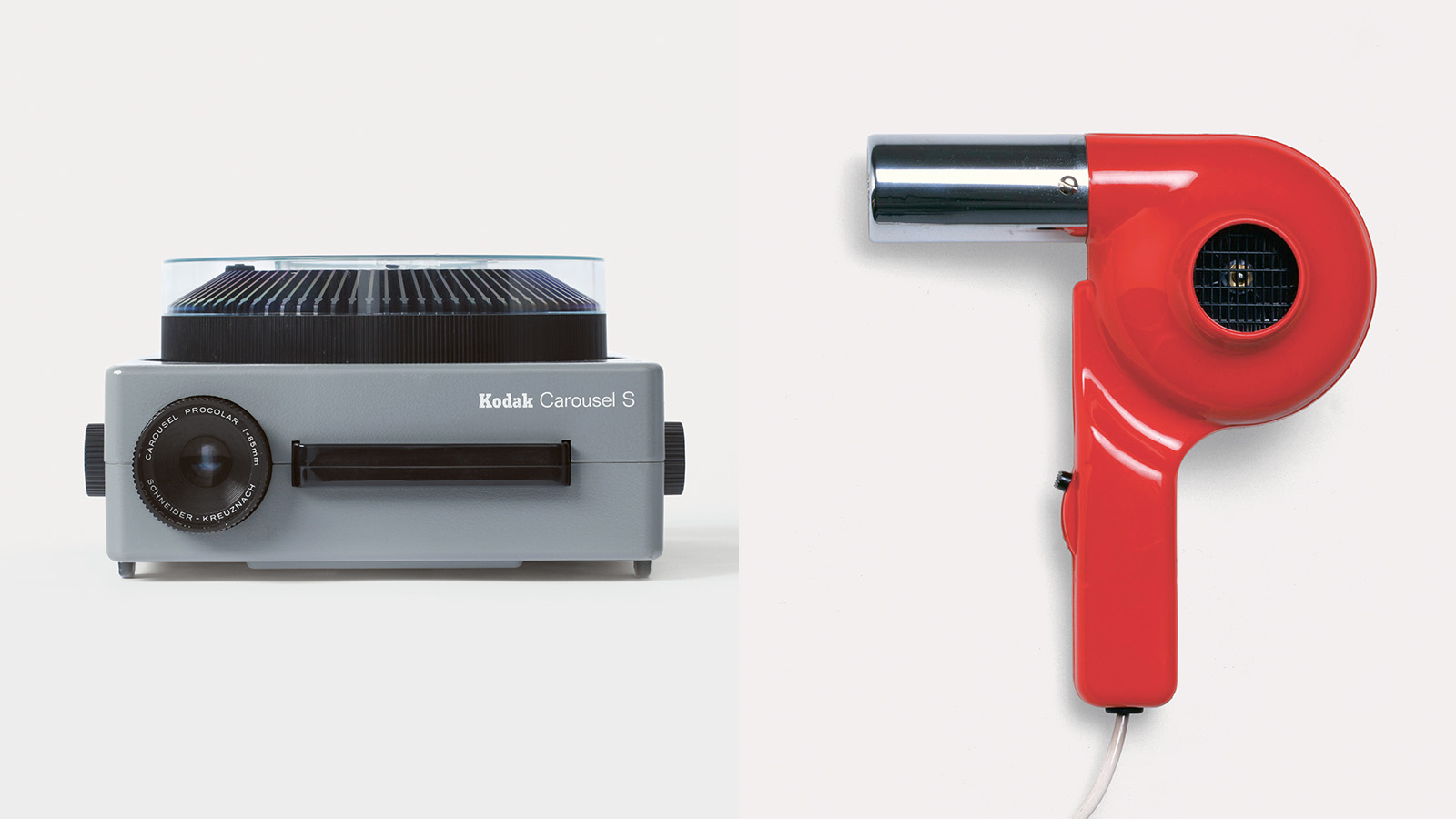 Masters of midcentury modern design and their creations spotlighted in new book
Masters of midcentury modern design and their creations spotlighted in new book‘Mid-Century Modern Designers’ is a new book from Phaidon celebrating those who shaped the period and their notable creations, from furniture to objects
-
 Rooms with a view: a new book celebrates the Italian approach to interior design
Rooms with a view: a new book celebrates the Italian approach to interior designLaura May Todd's survey of Italian interiors is the perfect antidote to January gloom, taking a look inside 50 distinctive Italian homes
-
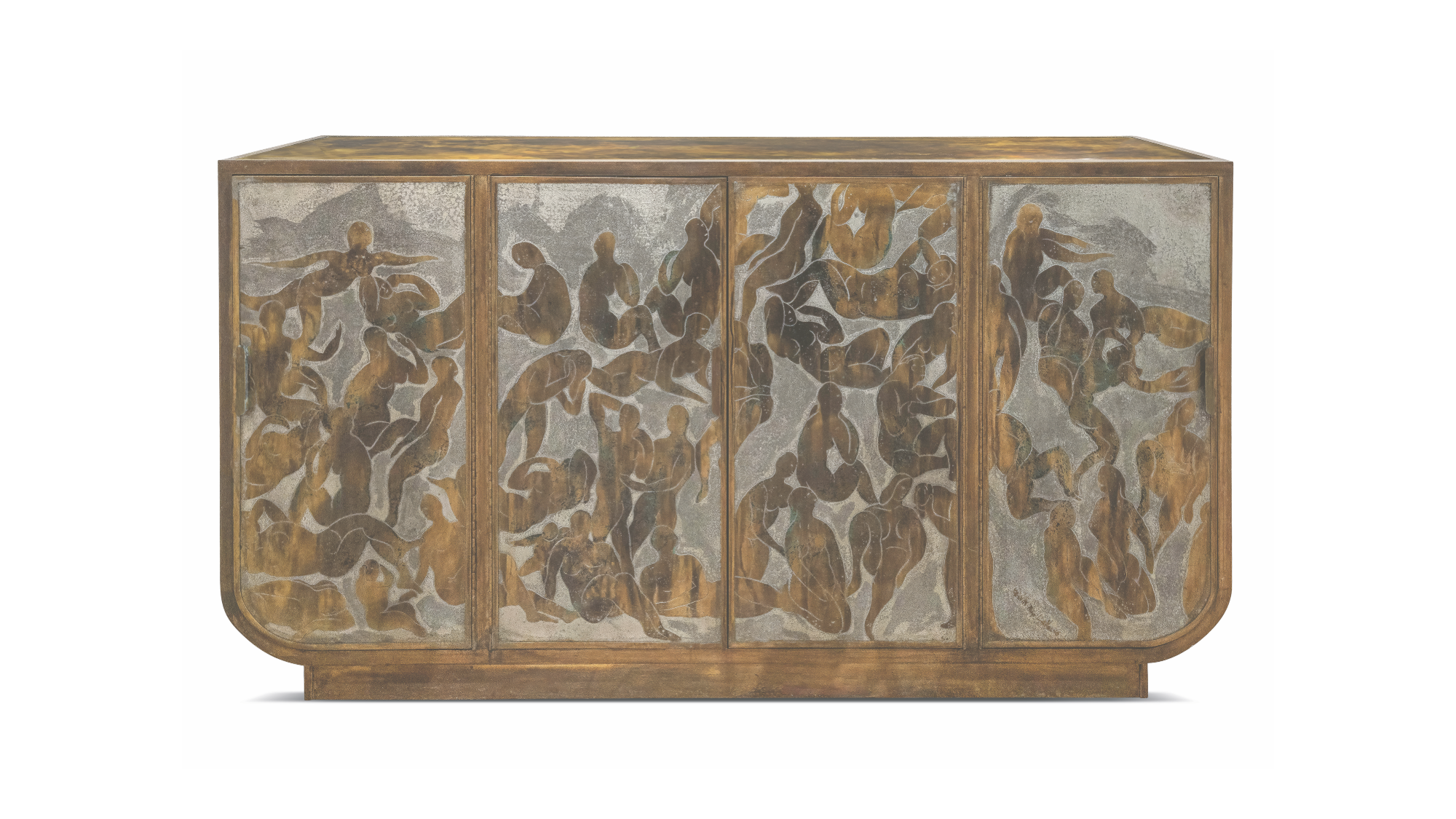 Discover the alchemy of American artists Philip and Kelvin LaVerne
Discover the alchemy of American artists Philip and Kelvin LaVerneThe work of Philip and Kelvin LaVerne, prized by collectors of 20th-century American art, is the subject of a new book by gallerist Evan Lobel; he tells us more
-
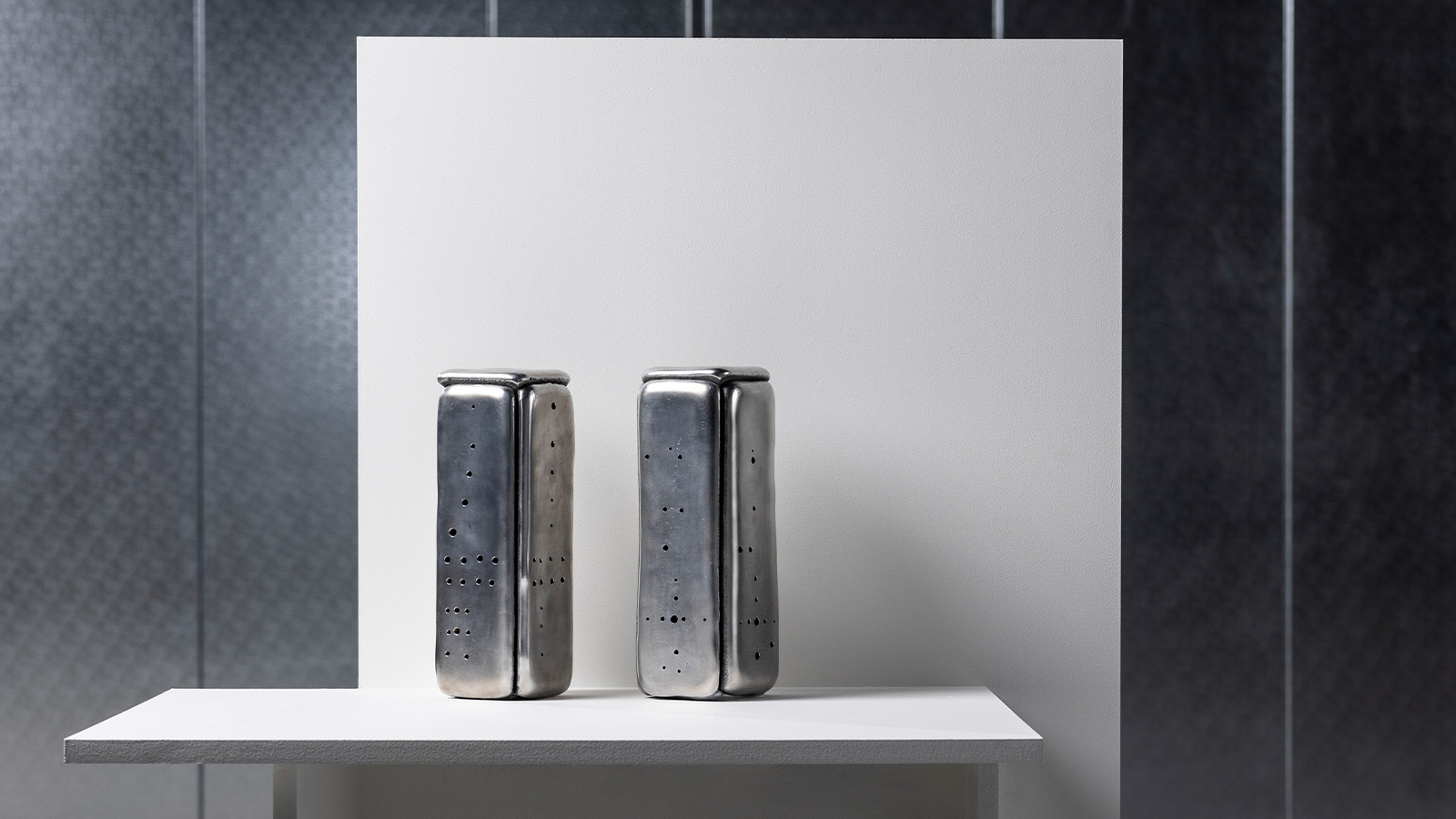 20 pairs of bookends celebrate contemporary Scottish design and Dundee’s literary heritage
20 pairs of bookends celebrate contemporary Scottish design and Dundee’s literary heritageAs Dundee Design Week gets ready for its fifth edition, a bookish commission shines a light on two pioneering female journalists from the city’s storied past
-
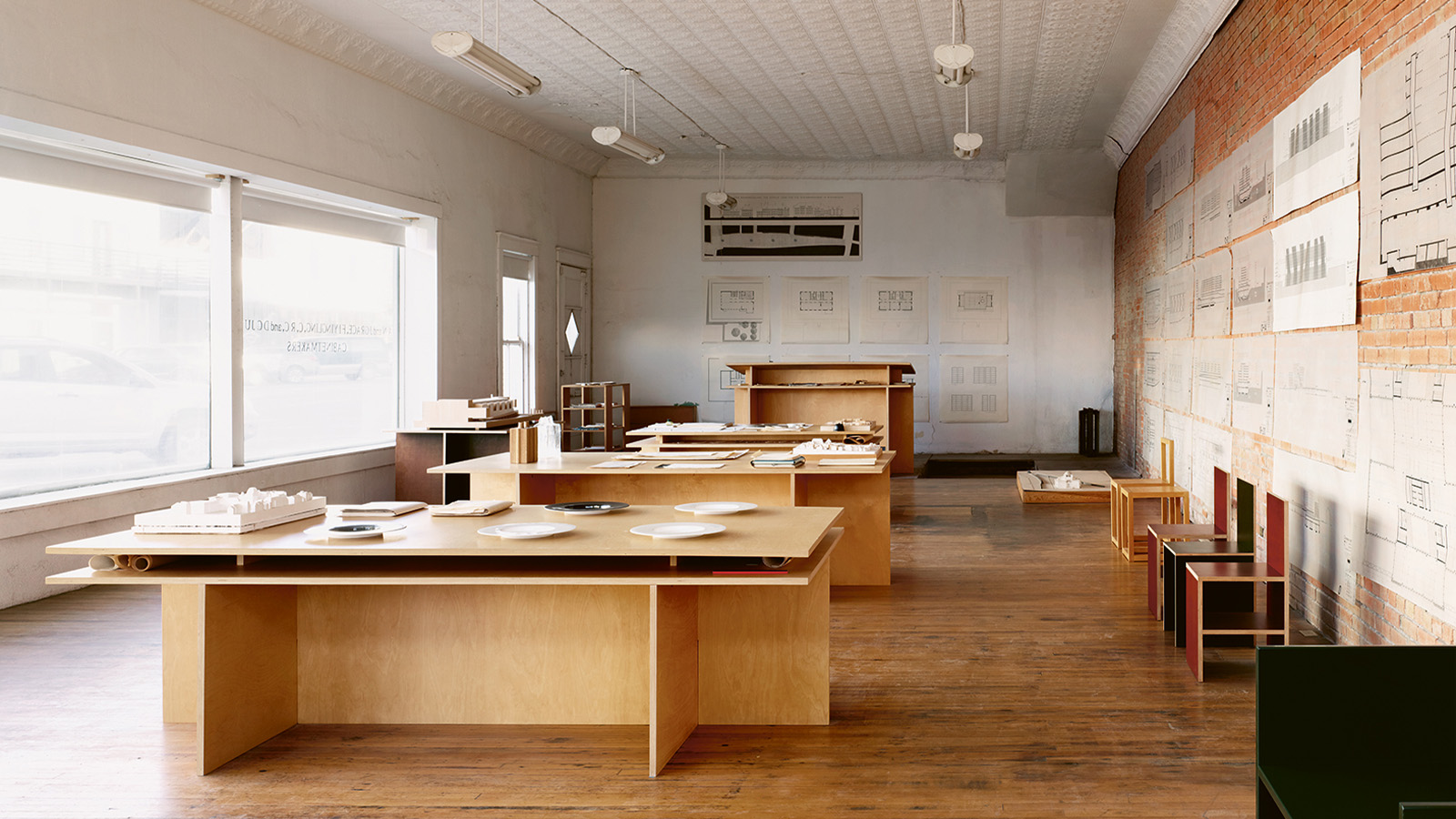 ‘You’ve got to hang out with Judd furniture… you learn something’: Rainer Judd
‘You’ve got to hang out with Judd furniture… you learn something’: Rainer JuddAs new book ‘Donald Judd Furniture’ lands, the artist’s children Rainer and Flavin discuss their father’s legacy
-
 Discover London’s lesser-known design gems with ‘an opinionated guide’
Discover London’s lesser-known design gems with ‘an opinionated guide’‘An opinionated guide to Design London’ by Sujata Burman and Wallpaper’s Rosa Bertoli is a carefully curated tour of intriguing design spots across the capital
-
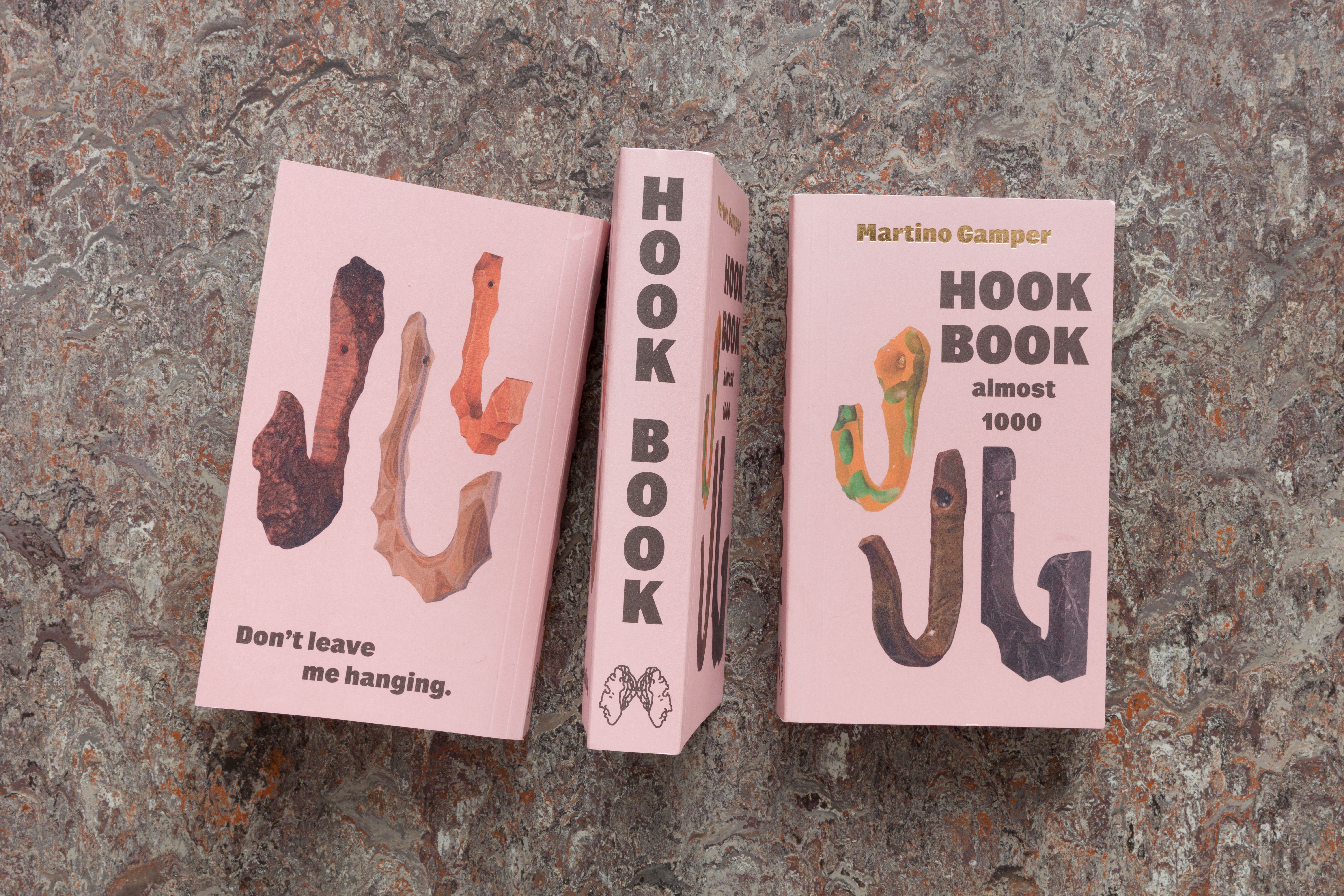 Well hung? We interview Martino Gamper about his new book of (around) 1,000 hooks
Well hung? We interview Martino Gamper about his new book of (around) 1,000 hooksItalian maverick designer Martino Gamper doesn't hang around. He has a new book featuring 1,000 hooks made by hand. We ask him how and why...
-
 New Louis Poulsen book explores the Danish lighting company's illuminating world
New Louis Poulsen book explores the Danish lighting company's illuminating worldLouis Poulsen: First House of Light, published by Phaidon, is a new design book delving into the Danish company's world of radiant lighting